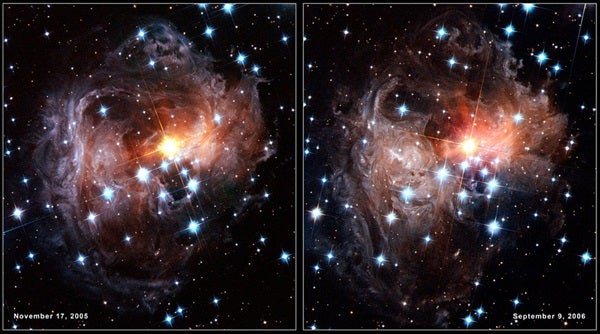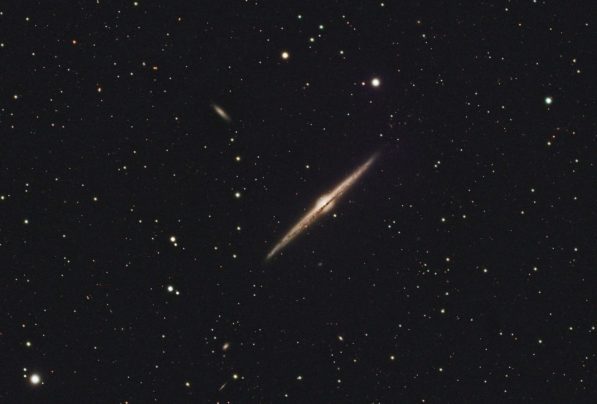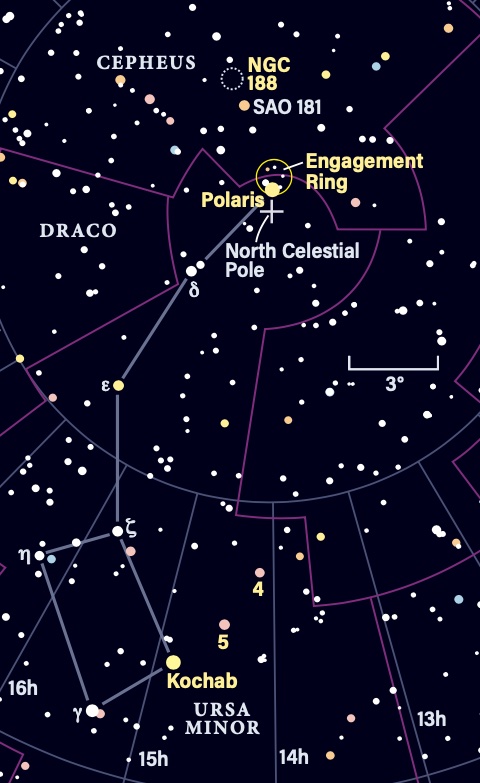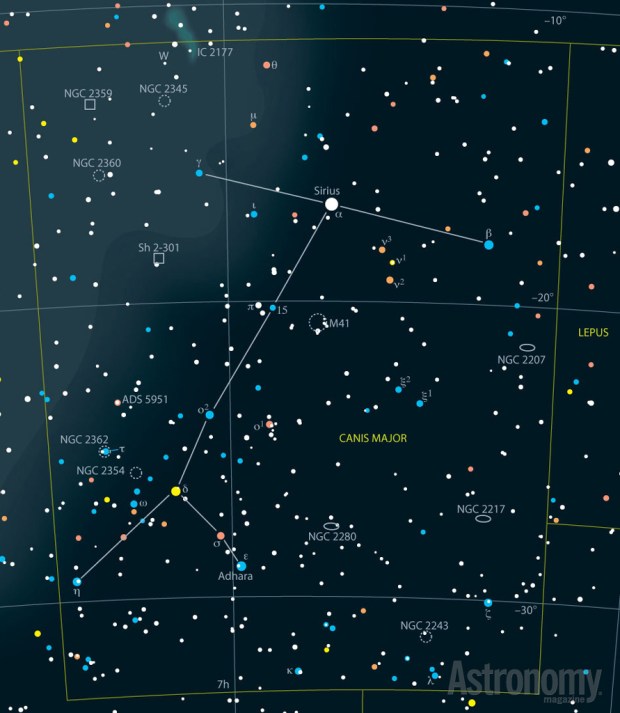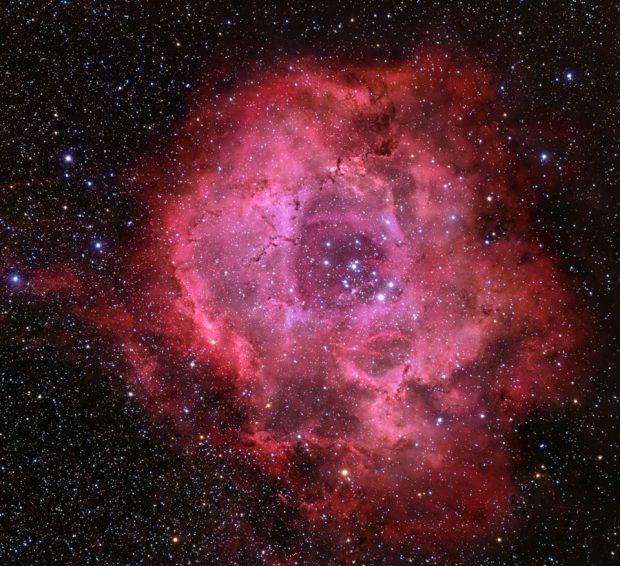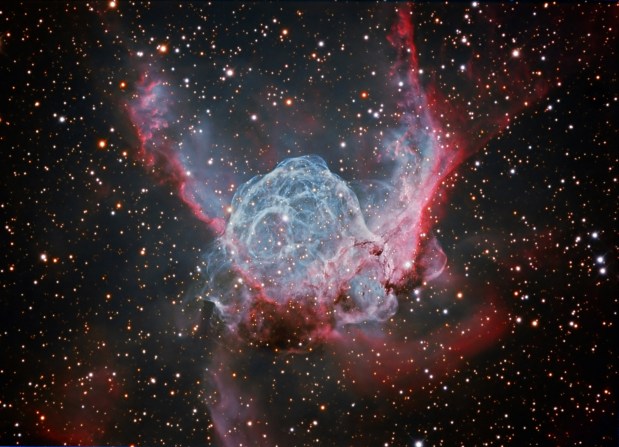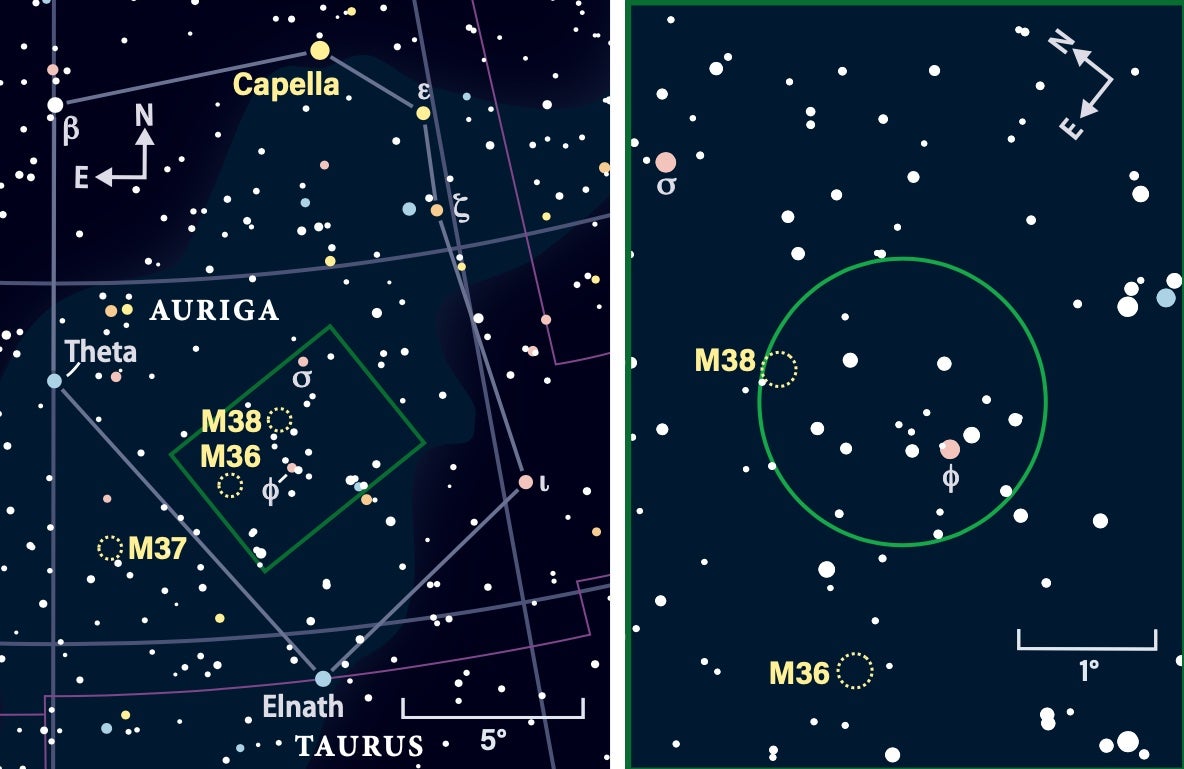Supermassive black holes reside in the central parts of most galaxies. Observations indicate that about 50 percent of them are hidden from view by mysterious clouds of dust, the origin of which is not completely understood. The new theory is inspired by our solar system, where the so-called zodiacal dust is known to originate from collisions between solid bodies such as asteroids and comets. The scientists propose that the central regions of galaxies contain not only black holes and stars but also planets and asteroids.
Collisions between these rocky objects would occur at colossal speeds as large as 620 miles (1,000 kilometers) per second, continually shattering and fragmenting the objects, until eventually they end up as microscopic dust. Sergei Nayakshin from the University of Leicester, England, points out that this harsh environment — radiation and frequent collisions — would make the planets orbiting supermassive black holes sterile, even before they are destroyed. “Too bad for life on these planets, but on the other hand the dust created in this way blocks much of the harmful radiation from reaching the rest of the host galaxy,” Nayakshin said. “This, in turn, may make it easier for life to prosper elsewhere in the rest of the central region of the galaxy.”
He also believes that understanding the origin of the dust near black holes is important in our models of how these monsters grow and how exactly they affect their host galaxies. “We suspect that the supermassive black hole in our own galaxy, the Milky Way, expelled most of the gas that would otherwise turn into more stars and planets,” Nayakshin said. “Understanding the origin of the dust in the inner regions of galaxies would take us one step closer to solving the mystery of the supermassive black holes.”
Supermassive black holes reside in the central parts of most galaxies. Observations indicate that about 50 percent of them are hidden from view by mysterious clouds of dust, the origin of which is not completely understood. The new theory is inspired by our solar system, where the so-called zodiacal dust is known to originate from collisions between solid bodies such as asteroids and comets. The scientists propose that the central regions of galaxies contain not only black holes and stars but also planets and asteroids.
Collisions between these rocky objects would occur at colossal speeds as large as 620 miles (1,000 kilometers) per second, continually shattering and fragmenting the objects, until eventually they end up as microscopic dust. Sergei Nayakshin from the University of Leicester, England, points out that this harsh environment — radiation and frequent collisions — would make the planets orbiting supermassive black holes sterile, even before they are destroyed. “Too bad for life on these planets, but on the other hand the dust created in this way blocks much of the harmful radiation from reaching the rest of the host galaxy,” Nayakshin said. “This, in turn, may make it easier for life to prosper elsewhere in the rest of the central region of the galaxy.”
He also believes that understanding the origin of the dust near black holes is important in our models of how these monsters grow and how exactly they affect their host galaxies. “We suspect that the supermassive black hole in our own galaxy, the Milky Way, expelled most of the gas that would otherwise turn into more stars and planets,” Nayakshin said. “Understanding the origin of the dust in the inner regions of galaxies would take us one step closer to solving the mystery of the supermassive black holes.”

